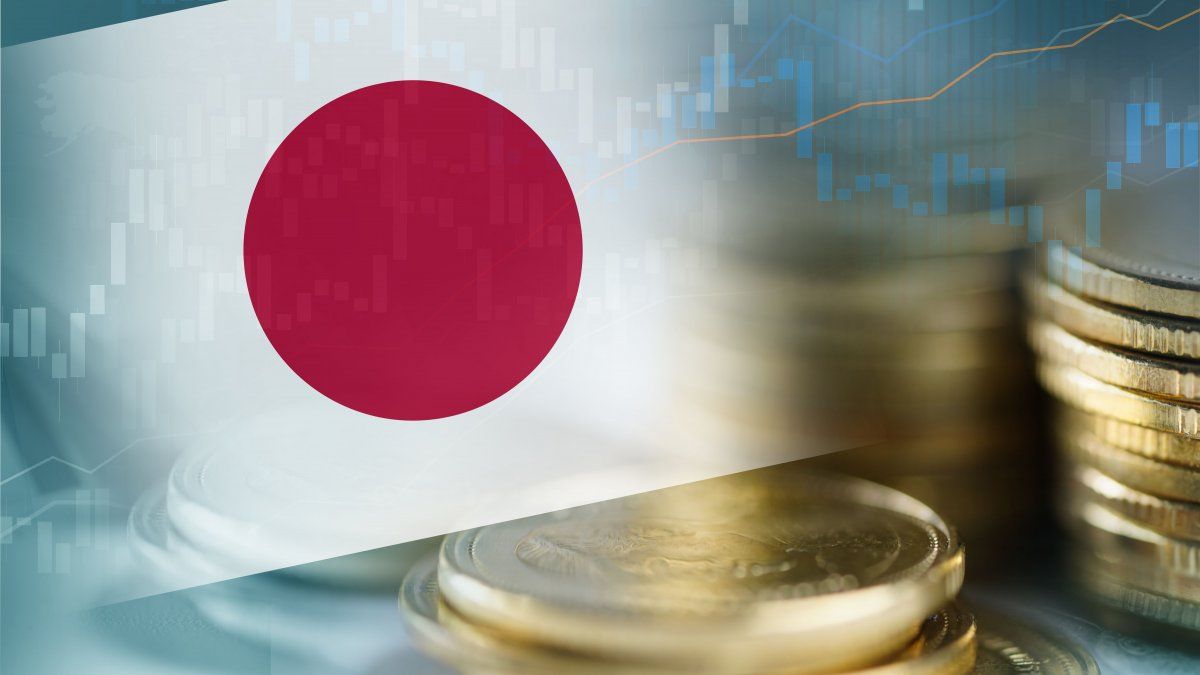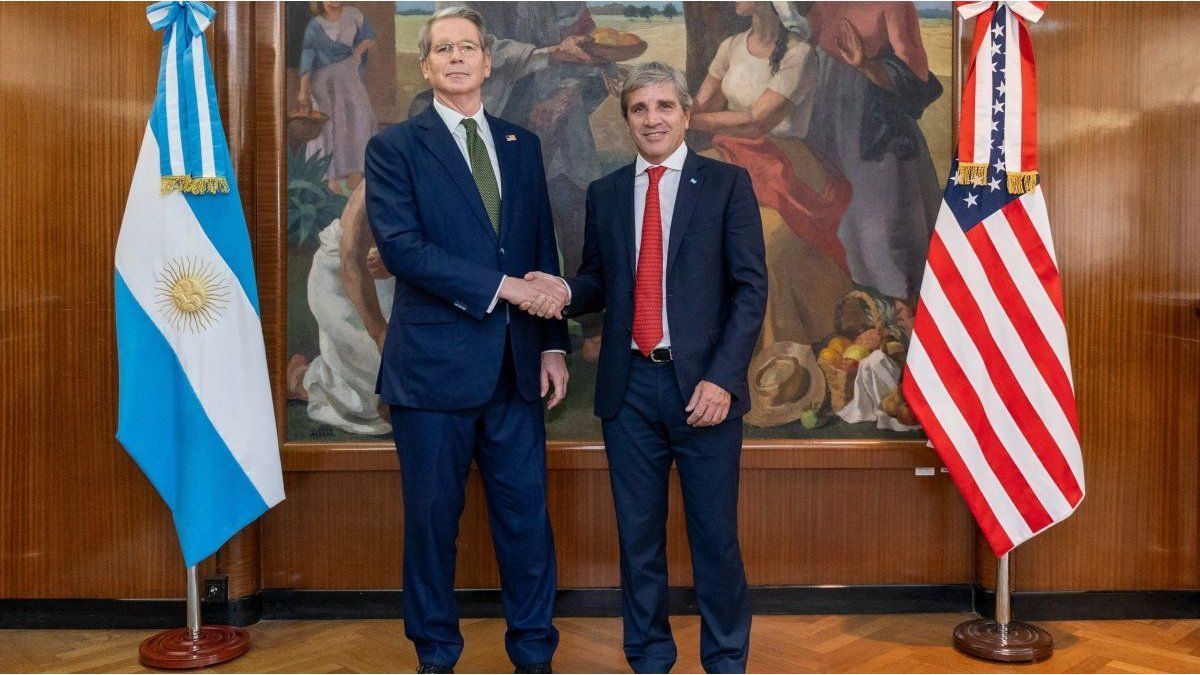One day after the US Federal Reserve (Fed) define whether it will finally lower its interest rate, the market will also be attentive to what the Bank of Japan (BoJ)which could move in the opposite direction. Until recently there was a consensus in the market about a new rate hike on October 30but the almost certain arrival of Sanae Takaichi to the position of Japanese prime minister sowed doubts and revived expectations of a possible resurgence of the carry trade between the dollar and yen.
After winning the internal Liberal Democratic Party of Japan (LDP)Takaichi is expected to get approval from the Parliament to become Japan’s first woman prime minister at the end of the month.
consulted by Scopethe international markets analyst at Adcap Financial Group, Jorge Ángel Harkerdescribed her as “almost disciple” of Shinzo Abea politician who during his administration promoted fiscal stimuli and a devaluation of the yen to boost Japan’s economic activity, known as ‘Abenomics’, hit by decades of stagnation.
“Yes, there is an intellectual closenessbut with its own style. I think it’s a deep right turn for Japan.“said Harker, who compared the ideas of Japanese politics with those of the US President Donald Trump. In fact, the North American president was the first to echo the victory of Takaichi in the primaries of LDP a few days ago, describing it as a “highly respected” person of “great wisdom and strength”.
Doubts about the BoJ
In one of the bank’s latest reports INGthe economist Chris Turner explained that the market “It assumes that the new government of Sanae Takaichi will exert all its influence to achieve a stronger economy. This would imply that the Bank of Japan would presumably end, “if not reverse, its adjustment cycle and apply a strong fiscal stimulus.”
And he added that “parallels are being drawn with Shinzo Abe’s mandate (2013-20), during which The Bank of Japan increased its (debt) balance sheet from 30% to 100% of GDP and the trade-weighted yen initially fell by about 25%.”
For his part, Harker told this medium that the investment in strategic sectors of the economy that the LDP policy proposed as its campaign platform “they are going to be financed with issuance” and he was skeptical that the monetary authority would put up much resistance: “I don’t think the BoJ was very independent during ‘Abenomics’. If he had any independence, I think he will lose it“.
Yen banknote Japan
Japan is known for its high level of debt issuance and low interest rates to counter economic stagnation and deflation.
Lucas Fiol Sabater
In this sense, markets now only estimate a 20% probability of a rate increase at the October 30 meeting, when a few weeks ago that probability was at 60%. However, Turner stated that the big difference between Abe’s government and today is inflation.
“In 2013, Japan was suffering from deflation, and in March 2013, the new governor of the Bank of Japan, Haruhiko Kuroda, set a new inflation target of 2%. Today, Japanese inflation exceeds 2%. Inflation is becoming one of the main concerns of voters, and the current governor of the Bank of Japan, Kazuo Ueda, three years into his term, is in the process of raising interest rates and reducing the central bank’s (debt) balance sheet“, argument.
The pressures from the US
As a result of this situation, currently The yen is at its lowest level in six months compared to the US dollarstimulating the intensification of the carry trade between both currencies, one of the most used financial operations in the financial world due to the Bank of Japan’s historically low interest rate. In January 2016, for example, the rate was negative (-0.1%) and is currently at 0.5%.
This situation occurs in a context in which the Fed lowered its rate by 25 basis points in September, to the range of 4%-4.25%, and is expected to do so again at the end of the month, while Fed officials sympathetic to Trump advocate even more aggressive cuts. A scenario that would complicate the carry trade if the Japanese monetary authority decides to continue raising the rate.
For Harker, “Trump won the trade issue not with tariffs, but through the devaluation of the dollar“. As a consequence, he opined that a “coin race” began to see “who devalues the fastest to counteract that,” even at the cost of a price increase. “One of Japan’s big problems is deflation, they prefer 2%, 3%, 4% annual inflation“.
Source: Ambito




